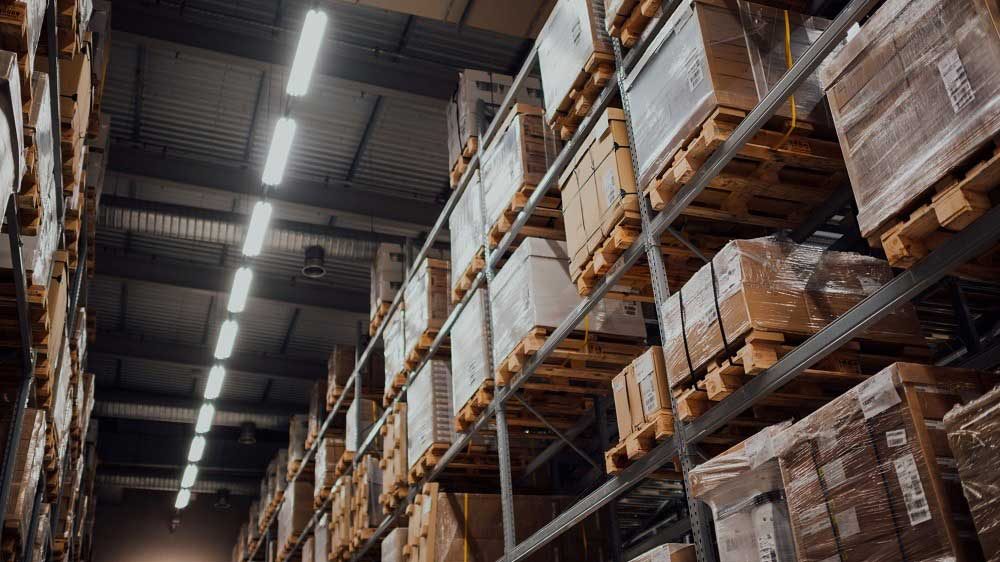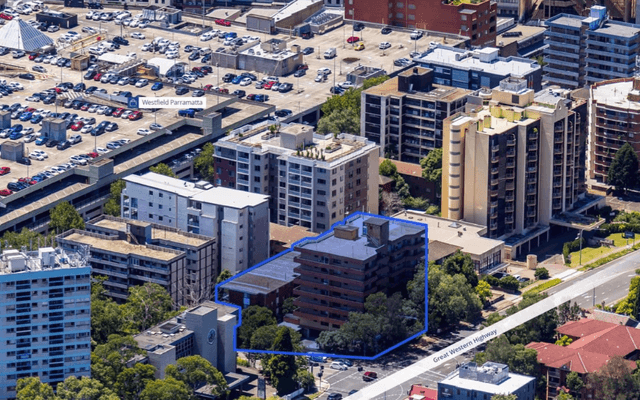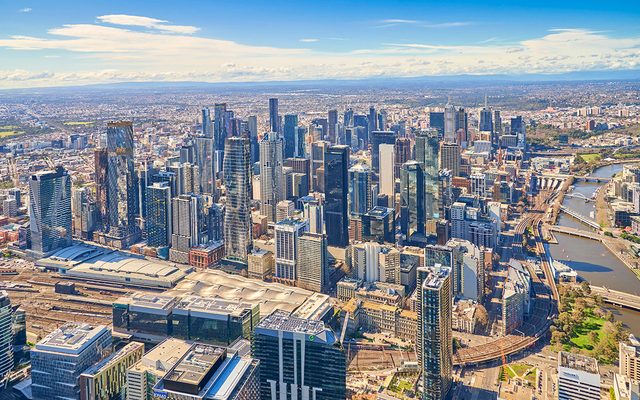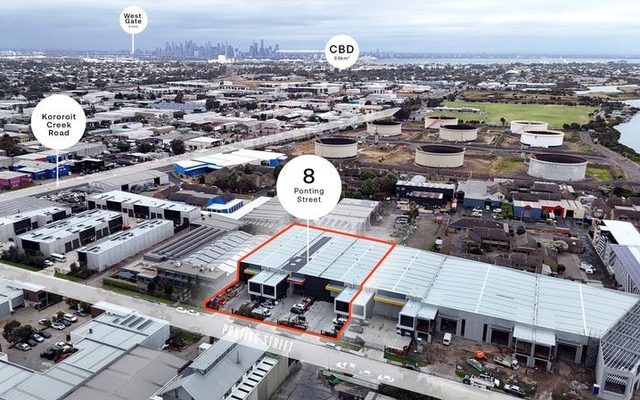This article is from the Australian Property Journal archive
AS Australia’s logistics property market remains the tightest in the world, the majority of occupiers now have to hold 30% more inventory than pre-pandemic levels.
According to a new white paper by JLL, Prological and Pedavoli Architects, the Australian industrial and logistics market is an increasingly challenging landscape for occupiers as space shrinks and e-commerce grows.
In 2022, a record of 9.4 million households out of a total of 10.7 million shipped online, according to Australia Post. All but confirming that the peak years of the COVID-19 pandemic accelerated e-commerce penetrations.
This has led to unprecedented demand on industrial real estate, with record low vacancy rates of 0.6% for Q1 2022 (CBRE), an annual rental growth of 24.9% in the year to Q1 2023 (JLL) and 2021 seeing record property prices with 23.2% in property investment returns (Colliers).
As of 2023, demand for existing warehouse space is significantly outpacing demand for pre-lease warehouse space, with gross take-up into existing space accounting for 73% or 357,000sqm of the quarterly total.
“With e-commerce demand increasing and the availability of warehouse space getting tighter – the Australian industrial property market is increasingly difficult to navigate,” said Peter Jones, founder and managing director at Prological.
In addition to the mismatch in heightened demand and a lack available space, supply issues are being enhanced by the last mile logistics sectors’ “just in case” approach to securing urban space.
The white paper advises business should ditch the three-year business projection and instead adopt a 13-year projection, to avoid the “not-move-now” mentality and to factor automation into plans.
Full comprehension of planning constraints on both state and local government levels is also crucial in developing a planning pathway.
Additionally, it is important to understand a site’s history and geography through a thorough site analysis to understand the key site constraints.
On top of considering location, including potential branding benefits, staff demographic and transport infrastructure, the potential for vertical warehouse design in a site could be crucial, with land availability limited.
According to JLL, occupants on the east coast are increasingly moving out of Sydney, due to mass rental increases.
“They’ve reached their limit. Whilst the market is tight across the board, the costs of warehousing in Sydney have rocked to the extreme,” said Richard Phillips, head of supply chain at JLL, ANZ.
Prime existing rental growth in Sydney’s industrial precincts ranged from 22% in the inner west to 40% in the outer central west in the 12 months to 2023.
“Historically speaking, there has been a high proportion of industrial occupiers that are ‘Sydney-Centric’ or their Sydney facility is the hub of their national operation,” added Phillips.
“Traditionally, the divide between the occupancy costs of Sydney and Melbourne was a factor but generally not enough to sway tenants with the additional transport costs from remaining committed to Sydney. As we push through 2023, tenants are faced with a cost imbalance in excess of 55% between Sydney and Brisbane and 80% between Sydney and Melbourne.”
The white paper suggests considering the prospect of a satellite option, where an occupier would have a small site in a central city location for high-speed delivery that is fed stock from a much larger facility located in the outer suburbs.
Satellite sites save costs on the larger facility being placed in a location that isn’t as competitively priced, enabling the financing of a smaller satellite facility for last mile.




